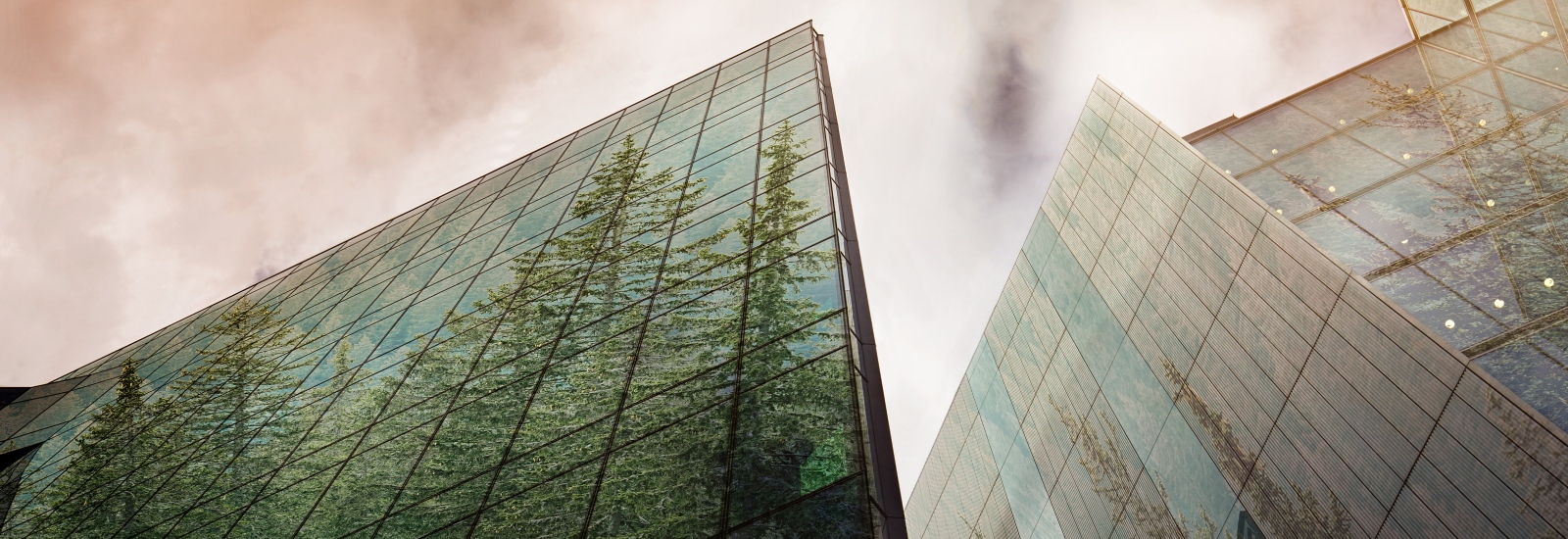A Conversation with Mahindra Group’s Anirban Ghosh, Chief Sustainability Officer
It takes decades of knowledge and expertise acquired and delivered across vast industries to be able to understand the real impacts and opportunities of sustainable resilience. Indeed, the continuous search and development of ever more critical industrial solutions need to be fused into the DNA of the organization. And it helps if that organization happens manufacture and sell aerostructures, vehicles, boats, energy solutions, construction equipment, information technology, defense technology, and logistics. Each one of these industries, and others, within the Mahindra Group are undergoing dramatic change as manufacturing, distribution and utilization intersect with all things sustainable.
An Exciting Rendezvous
So it was with great excitement that I approached my discussion with Anirban Ghosh, Chief Sustainability Officer for the Mahindra Group. This assignment was organised by Tech Mahindra Nordic’s VP of Business Development, Anne Birgitte Bendix, who has been driving Tech Mahindra’s innovation growth strategy into the region.
I always approach these discussions, whether moderating a conference, or a one-on-one discussion with an executive of Anirban’s caliber very thoroughly. And so it was with great enthusiasm that I dug into both Mahindra Group’s sustainability strategy, and Anirban’s background.
We had briefed Anirban and his team on the questions that would be asked during the recording from the offices from one of Copenhagen’s top legal firms. Anirban was in his own office in India, and we had two production teams set up at both ends.
Then the cameras started rolling. I had my prepared set of questions on my iPad, and then something inspirational happened. Anirban’s opening statements were so broad and deep that I could see the germination of new conversational threads popping up.
Early Days and the Journey with Mahindra Group
Early in our discussion, Anirban elaborated on the early days of when the Mahindra Group started to develop its sustainability strategy. He explained how they discovered the many similarities and challenges facing the various industries across the group, namely, how to reduce carbon dioxide emissions. So, they built a sustainability framework that captured in essence what each of the businesses had to do.
Anirban then steered our discussion deeper into how sustainability activities are embedded into each of the functions of each of the Group’s businesses, with additional sustainability framework expertise distributed across the globe. He emphasized that the term “sustainability” will eventually be just become a part of the activities we do across our various businesses.
Conversations, regulations, societal and industrial demands for more sustainable practices have been evolving for some time, but as time moves along, so do new technologies and advances in manufacturing, farming, and transportation to name a few. As our technological abilities advance and disperse across a wide array of industries, so new challenges appear, inspiring yet more innovation and investment to solve the next big set of tasks. Anirban emphasized that countries cannot solve these challenges unless companies and other institutions step up and collaborate on initiatives in a more sustainable manner.
Unlocking Business Innovation with Collaboration
Anirban went on to explain that collaboration is at the heart of solving these urgent challenges that face global supply chains. And that collaboration drives a lot of sharing and communication, which can save time and help organizations stay on top of and take advantage of progress that others have made.
I asked Anirban if he could give us some examples of great projects where collaboration is driving ambitions agendas, and he explained about Mahindra World City in Chennai, and specifically the food waste-to-energy process that was developed. As they developed the system, they asked the question why not offer this to other cities? This led to the Group setting up a new company called Mahindra Waste to Energy Solutions Ltd, the net effect being that what started off as a “small” project ended up becoming an important new business that, with government support, is being scaled across other cities.
Driving Positive Change on the Road to Sustainability
I wanted to know more about the person behind the executive and what drove him, so I asked him! He responded with passion, explaining that in the world that he grew up in there was the feeling that India could develop tremendous growth and be as good as anyone across all industries. But to be able to get there, a lot of hard work would have to be put in. Indeed, he has always taken a lot of pride in what is known in the Mahindra Group as “driving positive change”. So, career stages where he has been engaged in fundamental activities that have shaped the progress of the country have been very inspirational to him. For example, he first joined the Mahindra Group in the agricultural division. At the time there was an average of 16 tractors per thousand hectares which was below the world average. However, by the time Anirban had moved on to another area, it had risen to 30 tractors per hectare, above the worlds average. And Mahindra Group had become one of the biggest manufacturers.
It was inspiring engaging with Anirban across such a wide-ranging set of themes. Certainly, Mahindra Group is one of those critical global organizations that learns and shapes itself to apply more sustainable activities across its broad set of industries, based on feedback loops from sister businesses, customers, governments, and society. And under the sustainable stewardship of executives such as Anirban, one can imagine the possibilities for great collaborative leaps in solving some really complex and pressing challenges while driving business growth!










